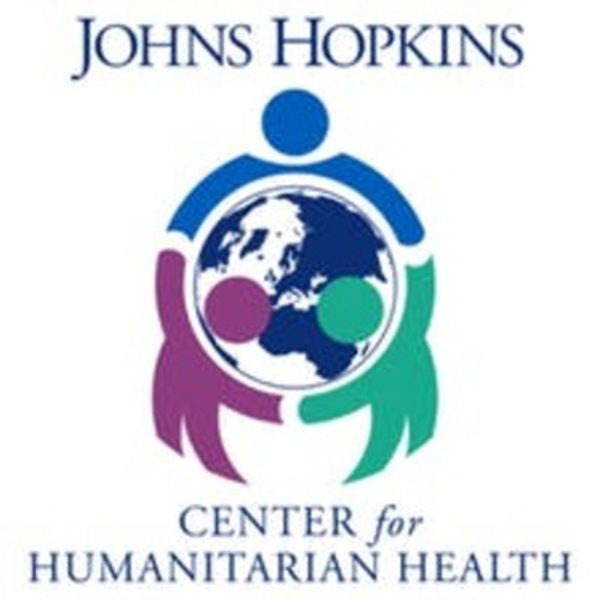Price:
7486 EUR
Contact
Johns Hopkins University
Description
This course, Public Health in Humanitarian Crises 2, addresses public health issues of people affected by disasters, both natural or conflict-related. It discusses the many changes that occur in people’s lives when they are uprooted by a disaster, including many important topics related to humanitarian crises, such as when there is an epidemic a public health emergency; what do we mean with the humanitarian development nexus; what are the basics of disaster epidemiology and surveillance; humanitarian principles; and other very relevant topics. We will explore what humanitarian interventions could look like if we want to mitigate the effects of disasters.
This course is a follow-up to Public Health in Humanitarian Crises 1, which dealt with changes in disease patterns, access to health care, livelihoods, shelter, sanitary conditions, nutritional status, and other issues.
The course content is a mix of theoretical knowledge and many practical examples from recent disasters. We think this course is unique because it contains so many practical ‘real-life’ examples and is taught be instructors and guest lecturers who together have over 200 years of experience in this field. The course consists of 10 modules totaling approximately 14-16 hours of delivered content with an additional 2-3 hours of self-work (quizzes and writing and evaluating a short peer-review assignment) as well as lively discussions forums. The first course, Public Health in Humanitarian Crises 1 (PHHC1), has been designed in a way that each module builds on the lessons of previous modules. However, the modules from this second course, Public Health in Humanitarian Crises 2 (PHHC2) can be accessed in any order and some can stand alone. You do not necessarily need to do PHHC1 before PHHC2, but it might be helpful to take some or all of PHHC1, as some of the basic or fundamental issues are covered in this course. PHHC2 contains a somewhat more diverse set of topics than the previous course as it deals with more complicated issues.
You do not have to pay for this course if you choose to enroll without a certificate. Sometimes referred to as auditing, enrolling without a certificate means that you will have access to all of the videos and discussions. The only difference is that you will not be able to take the quizzes to earn a certificate upon completion. Click the Audit or Enroll Without A Certificate link to sign up and begin the course. Visit the Learner Help Center for more details about your enrollment options.
Specific details
Category of Education
Medicine and Healthcare
